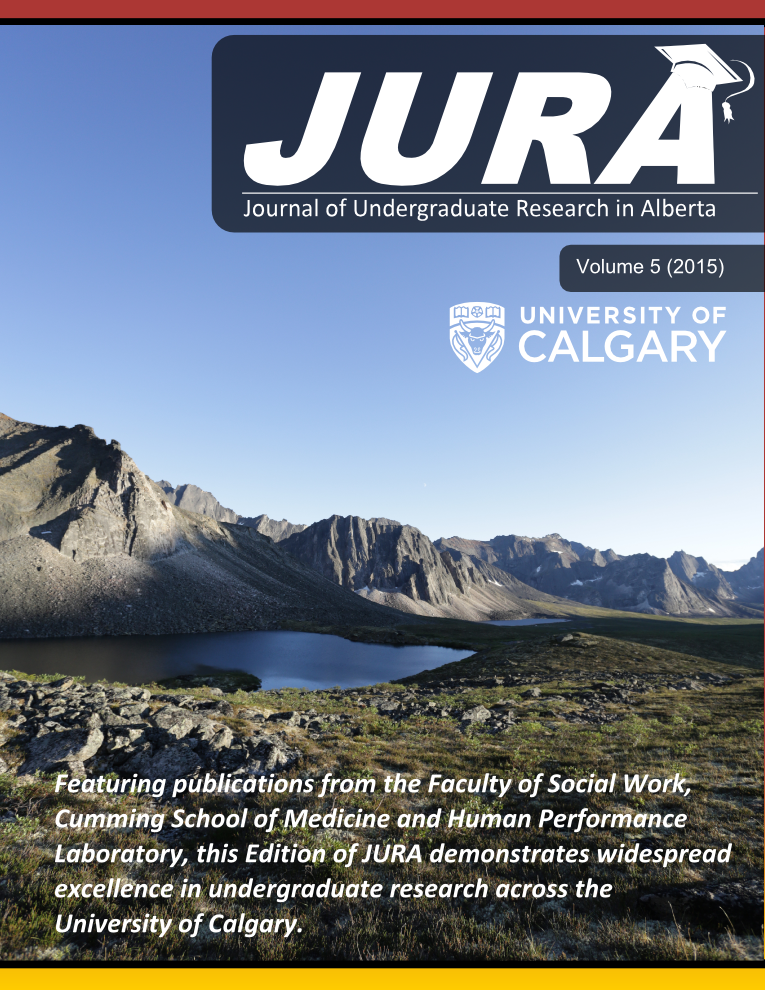Predicting the mortality of pneumonia-induced direct lung injury using serum metabolomics
Keywords:
metabolomics, ARDS, direct lung injury, pneumoniaAbstract
Pneumonia-induced acute respiratory distress syndrome (ARDS) presents a significant source of morbidity and mortality in the ICU with no current treatment beyond supportive measures. A good predictive method to determine mortality of ARDS currently does not exist. As such, it is important to identify potential biomarkers that can predict mortality of pneumonia induced ARDS. Multivariate statistical analysis of 1H-NMR analyzed data yielded a predictive model that separated patient cohorts based on 28-day mortality. This study was a critical step forward to potentially develop new diagnostic and treatment options for those afflicted with pneumonia-induced ARDS.
Downloads
References
2. Tasaka, S., Acute lung injury/acute respiratory distress syndrome: progress in diagnosis and treatment. topics: I. Pathogenesis and pathophysiology; 3. Pathogenesis and pathophysiology of ALI/ARDS. Nihon Naika Gakkai Zasshi, 2011. 100(6): p. 1529-35.
3. Ferguson, N.D., et al., The Berlin definition of ARDS: an expanded rationale, justification, and supplementary material. Intensive Care Med, 2012. 38(10): p. 1573-82.
4. Kaddurah-Daouk, R., B.S. Kristal, and R.M. Weinshilboum, Metabolomics: a global biochemical approach to drug response and disease. Annu Rev Pharmacol Toxicol, 2008. 48: p. 653-83.
5. Mickiewicz, B., et al., Metabolic profiling of serum samples by 1H nuclear magnetic resonance spectroscopy as a potential diagnostic approach for septic shock. Crit Care Med, 2014. 42(5): p. 1140-9.
Downloads
Published
Issue
Section
License
Authors retain all rights to their research work. Articles may be submitted to and accepted in other journals subsequent to publishing in JURA. Our only condition is that articles cannot be used in another undergraduate journal. Authors must be aware, however, that professional journals may refuse articles submitted or accepted elsewhere—JURA included.


